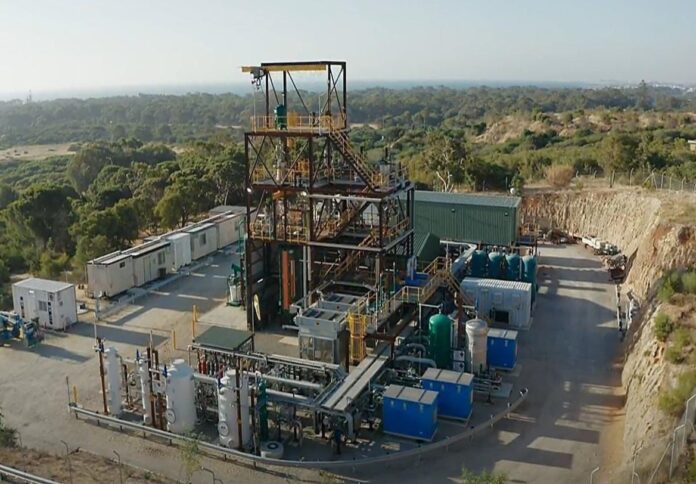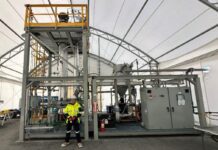
Hazer Group has achieved a key milestone at its Commercial Demonstration Plant (CDP), completing over 360 hours of continuous operation and demonstrating improvements in methane conversion.
The CDP performance test program is on track for completion by the end of 2024, the company said in an ASX announcement.
Following plant optimisations, the company confirmed the achievement of 362 hours of continuous operation with periods of controlled catalyst injection, resulting in key technical advancements.
The company said its technology has seen substantial progress, with methane-to-hydrogen conversion rates nearing design values.
Hazer CEO Glenn Corrie expressed optimism about the company’s technological strides, saying, “We continue to demonstrate Hazer’s technology is at the forefront of innovation with excellent test program performance which is supporting our commercialization strategy.”
Key highlights from the recent test campaign include stable reactor operations, improved feed gas flow rates, and the avoidance of reactor fouling.
The technology’s resilience has been further reinforced by the production of Hazer graphite, which is set for advanced customer testing.
The company said it believes these results will support the commercial scale-up of their methane pyrolysis technology.
“These strong operational milestones are a result of many years of technology development and scale-up success,” Corrie added.
The use of a fluidised bed reactor (FBR), a proven technology in refining and metallurgical industries, has been pivotal in Hazer’s success.
The company has also underscored the importance of its extensive global patent coverage, with more than 70 patents protecting its methane pyrolysis process.
In the latest campaign, the CDP demonstrated over 97 per cent production uptime.
After over 800 hours of reactor operation, the plant is currently undergoing its statutory inspection, with positive results from material performance under process conditions.
Looking ahead, Hazer said it plans to focus on producing high-purity graphite in the final 2024 CDP campaign, with the aim of completing large-scale application tests.
Concurrently, work is advancing on the next-generation reactor and heat exchange equipment, which will be key for scaling up hydrogen production to over 20ktpa.
“The CDP test program performance has been the enabler for many commercial discussions,” Corrie explained, highlighting ongoing partnerships with FortisBC, POSCO, ENGIE, and Chubu Electric.
He emphasised the growing demand for large-scale applications, particularly in hard-to-abate sectors such as steel making and petrochemicals.
The company also reported significant progress with its first large-scale commercial facility in Canada, with partner FortisBC.
The project recently achieved a key milestone with the delivery of 105kg of graphite to FortisBC for use in their small-scale test unit, which will be installed later this year.
FortisBC’s test-rig has completed construction and will be installed on-site in Q4 for testing in early 2025 ahead of FID.



















